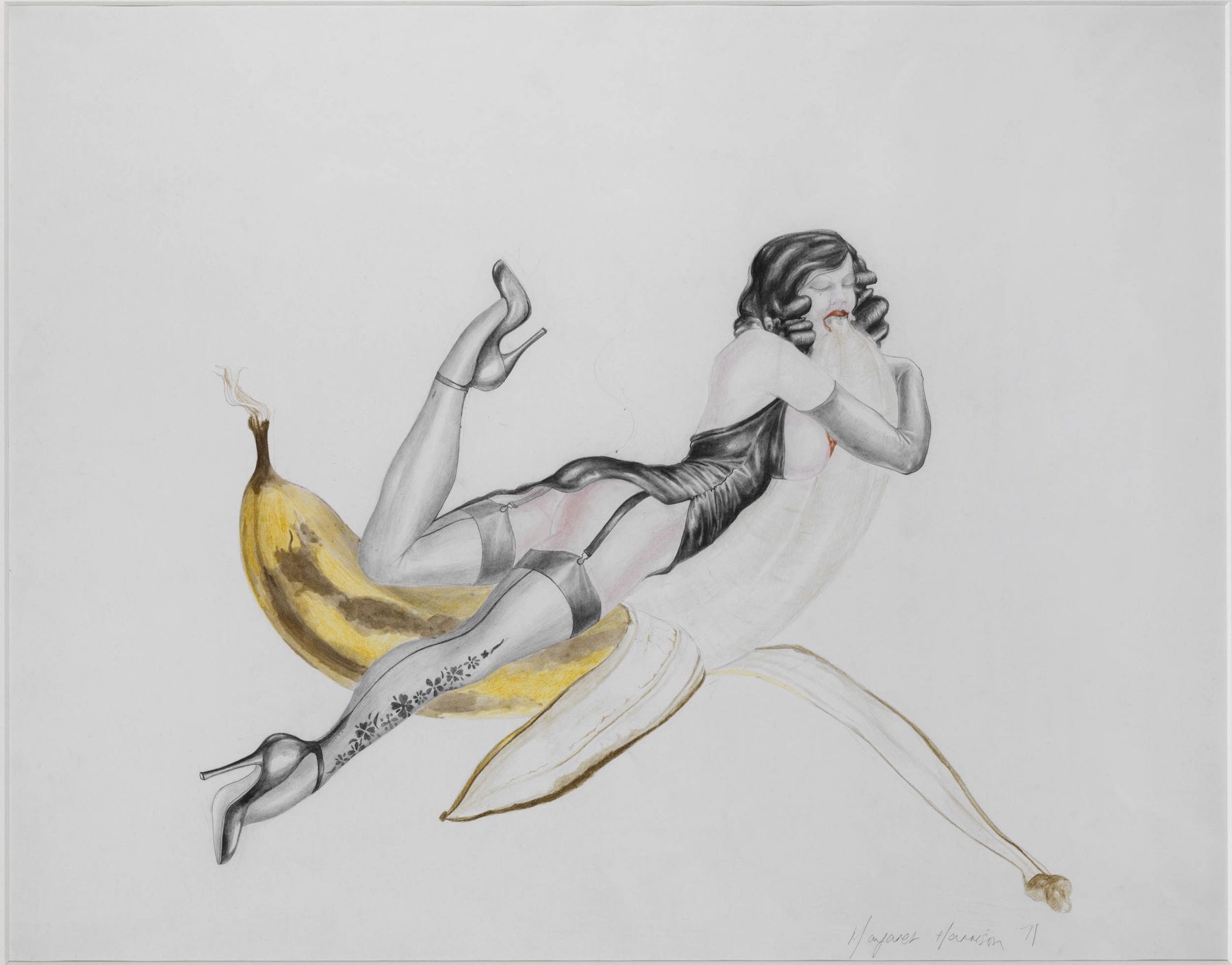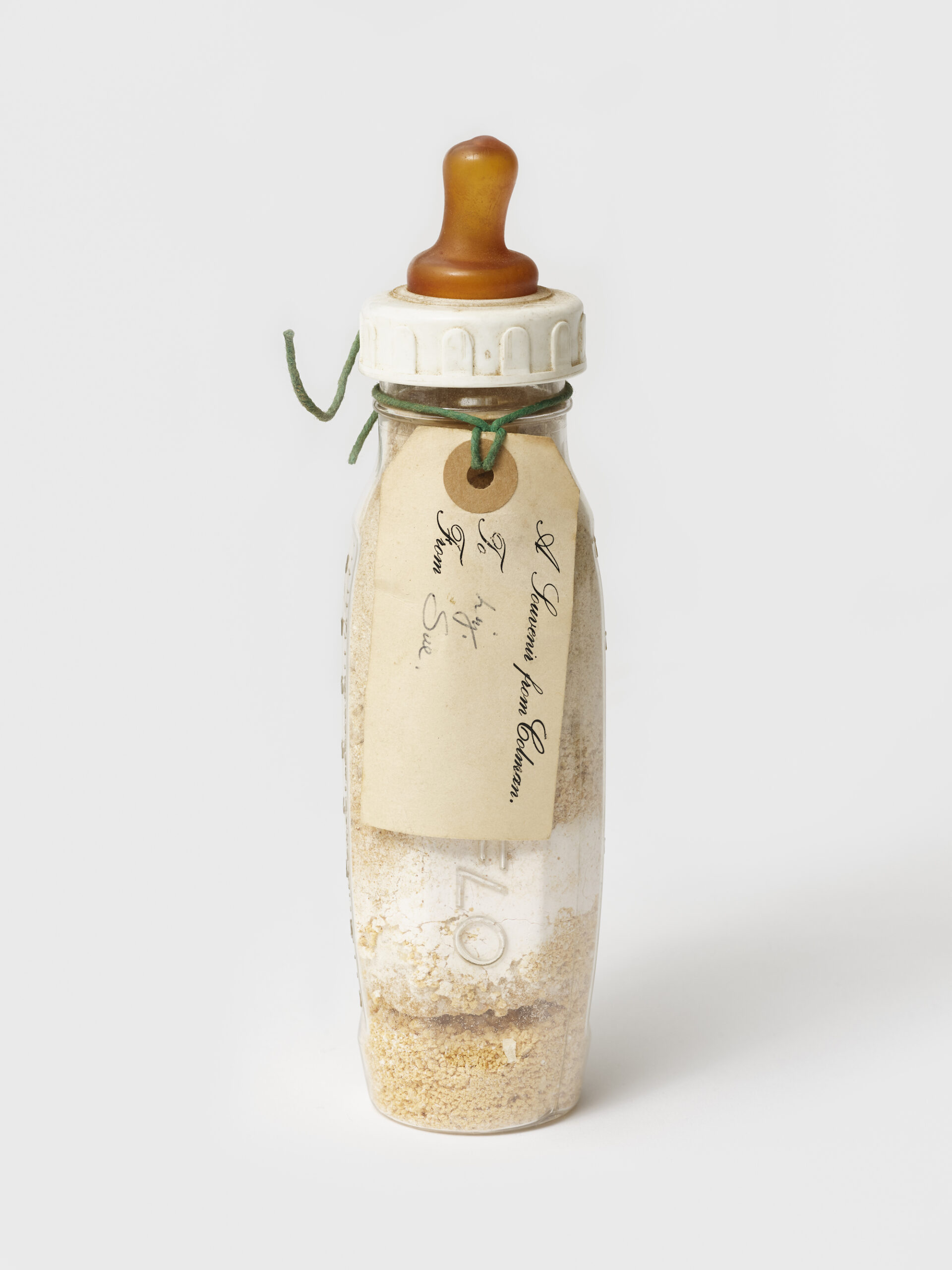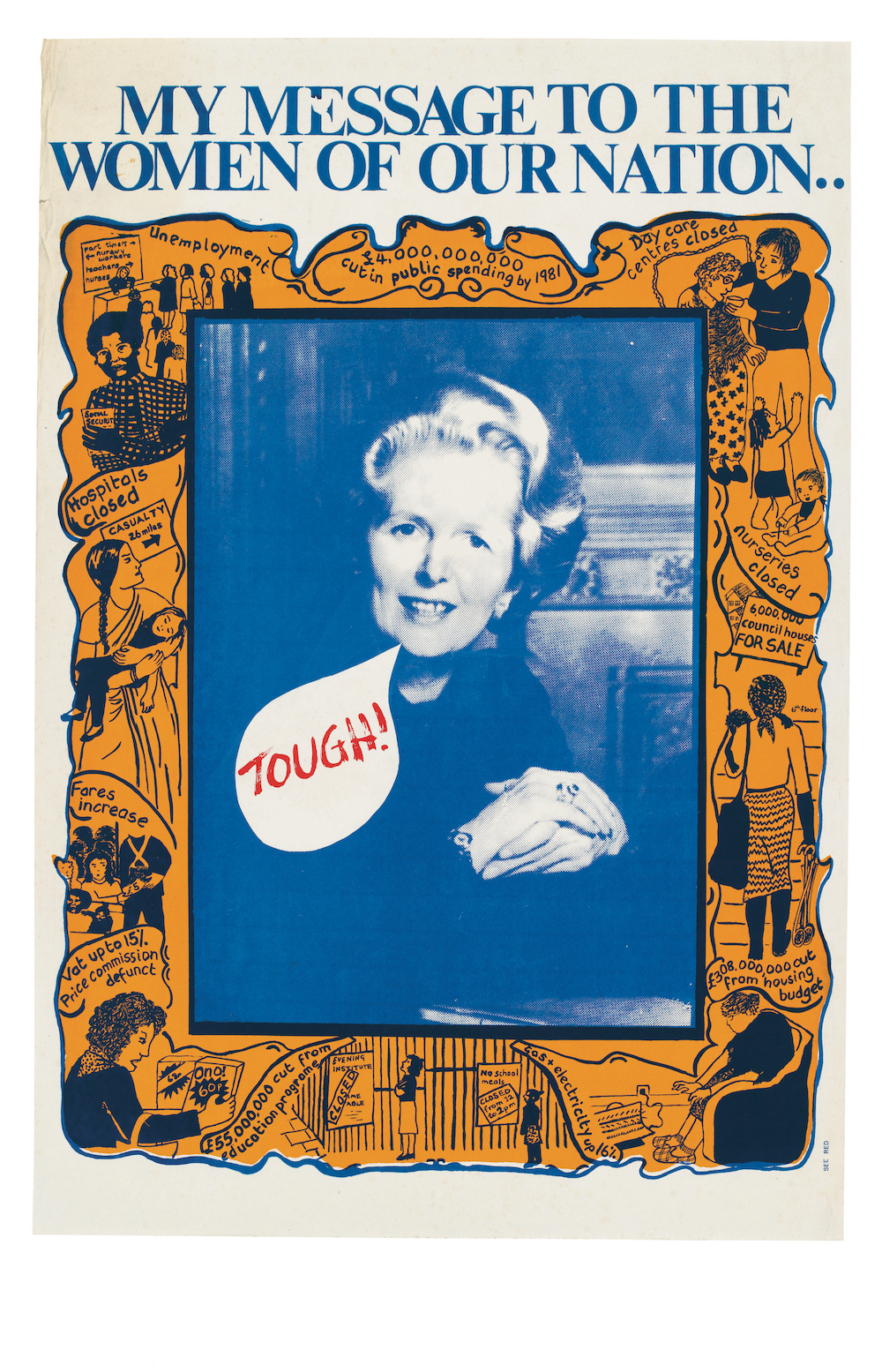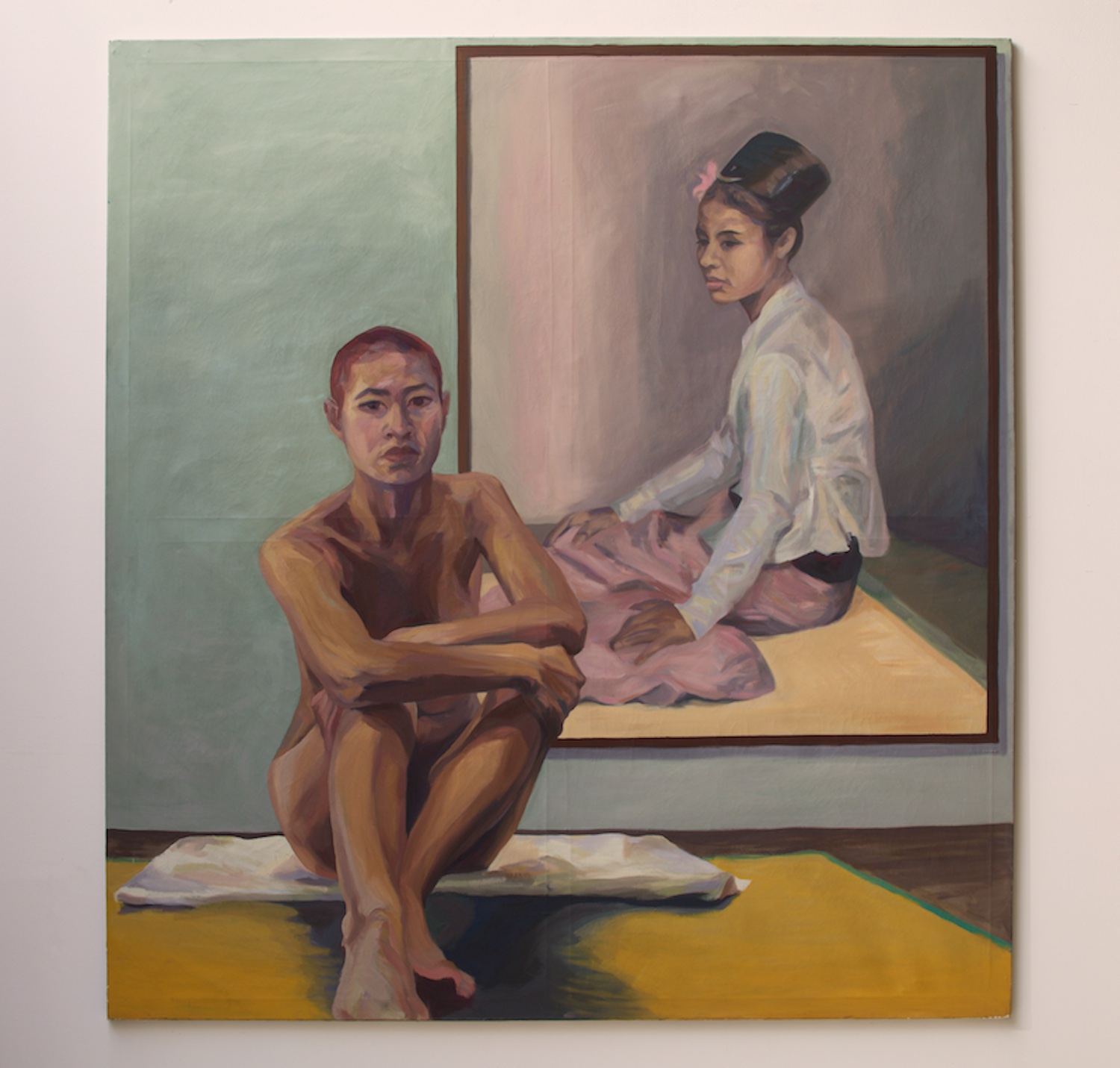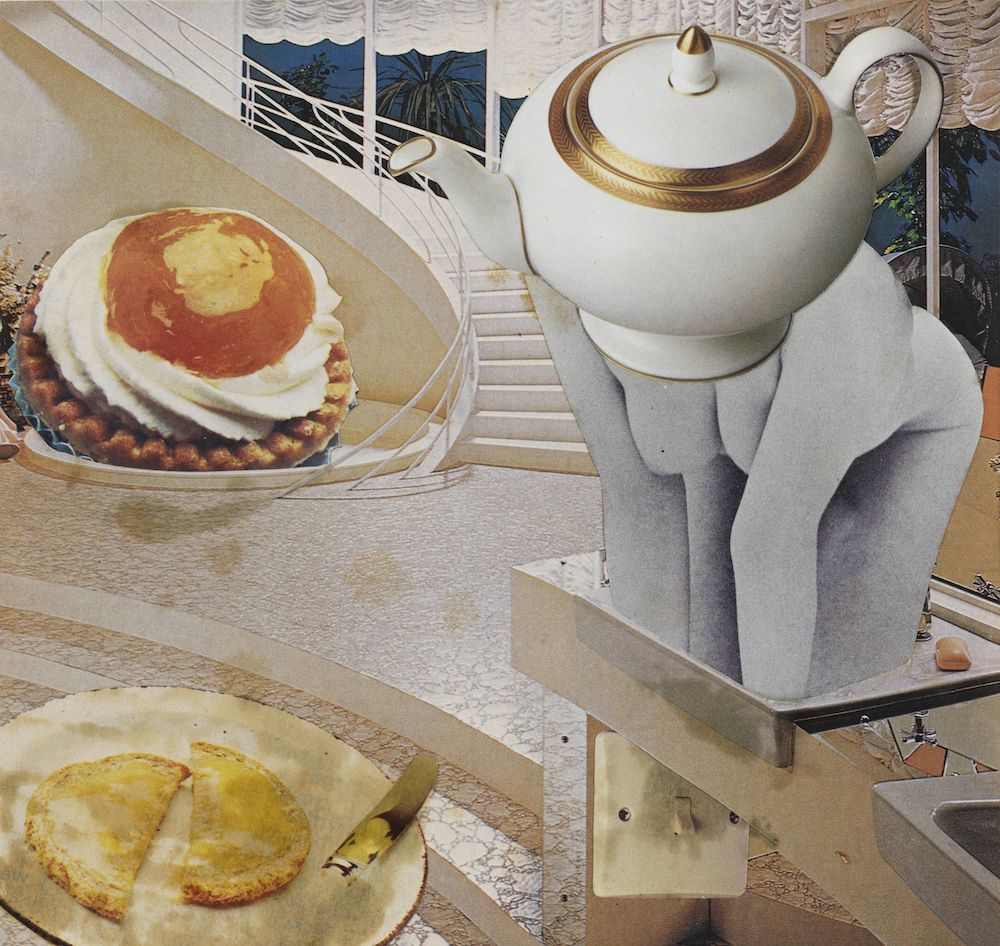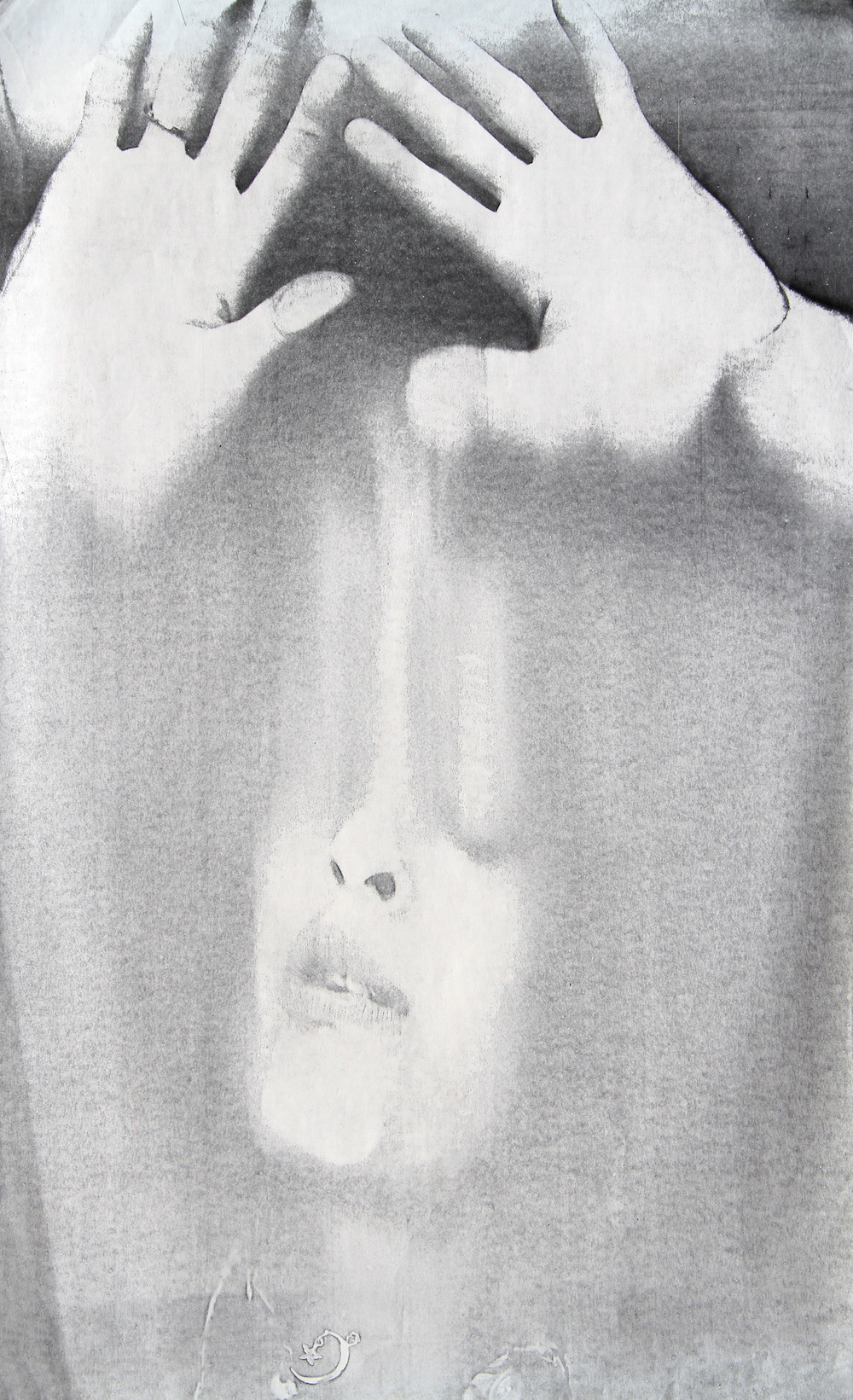Su Richardson, Sand Souvenir, 1975-76 © Su Richardson Courtesy of Richard Saltoun Gallery, London and Rome. All rights reserved, DACS 2023
Almost too many to mention! There are discussions around bodily autonomy, institutional racism, gender identity, labour, state violence, homophobia and ecological concerns. All of these topics that new generations of feminists are discussing again. I am also very interested in the economic context on the radical practices that were affected by conservative leadership in the 1980’s which feels pertinent today.
How did you select which artists/works were going to feature in this show?
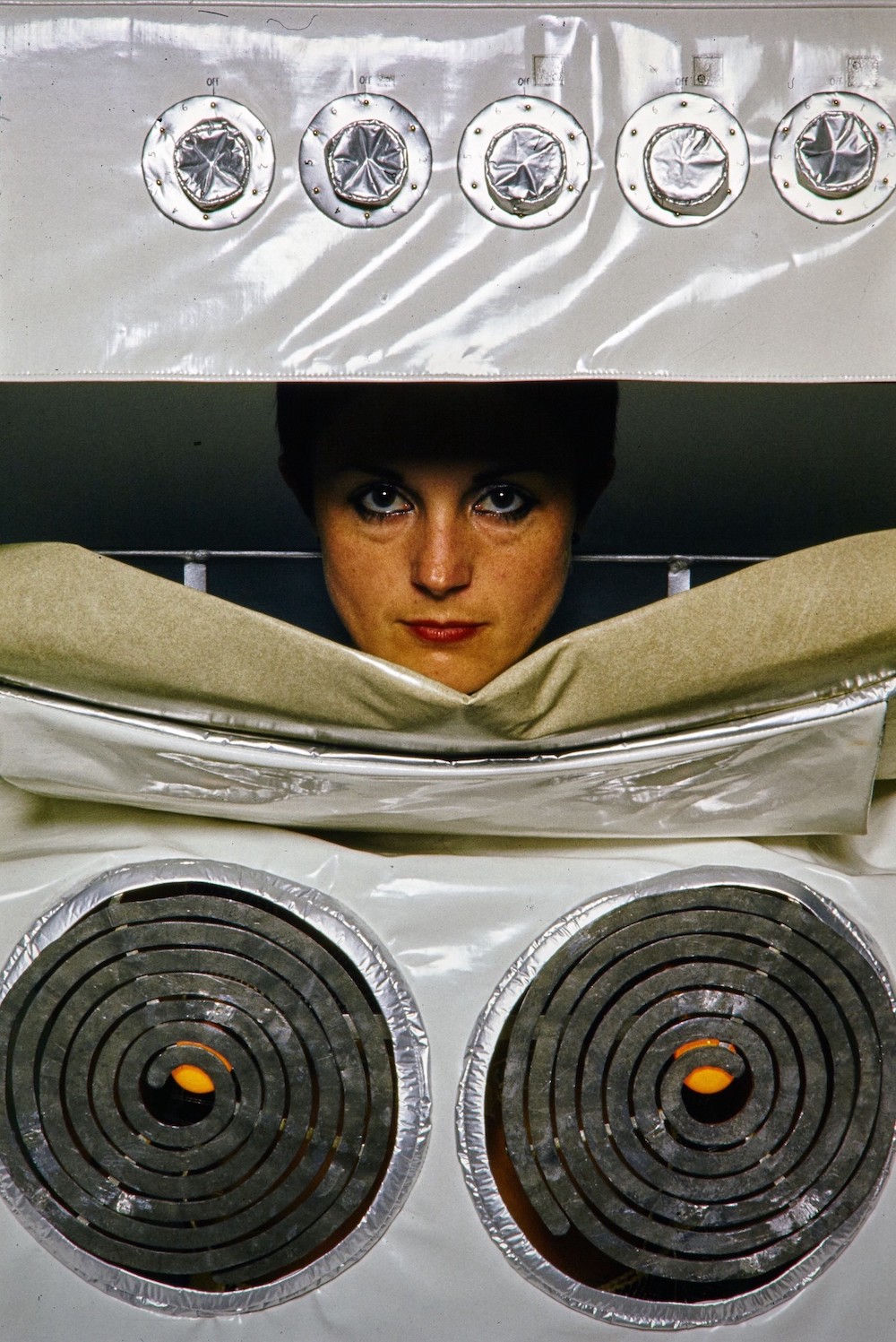
Helen Chadwick, In the Kitchen (Stove), 1977 © The Estate of the Artist. Courtesy Richard Saltoun Gallery, London and Rome
With great difficulty. I embarked on a few years’ worth of studio and archive visits, meeting as many of the artists in the show in person as I possibly could to ensure that our relationship was reciprocal and not extractive. I also asked them to recommend people to me who I might not have come across previously. Final considerations were made around those artists and artworks who could best demonstrate a narrative around socialist, queer and intersectional practices.
If you could choose one work to focus on or that you believe is particularly important, which one would it be?
